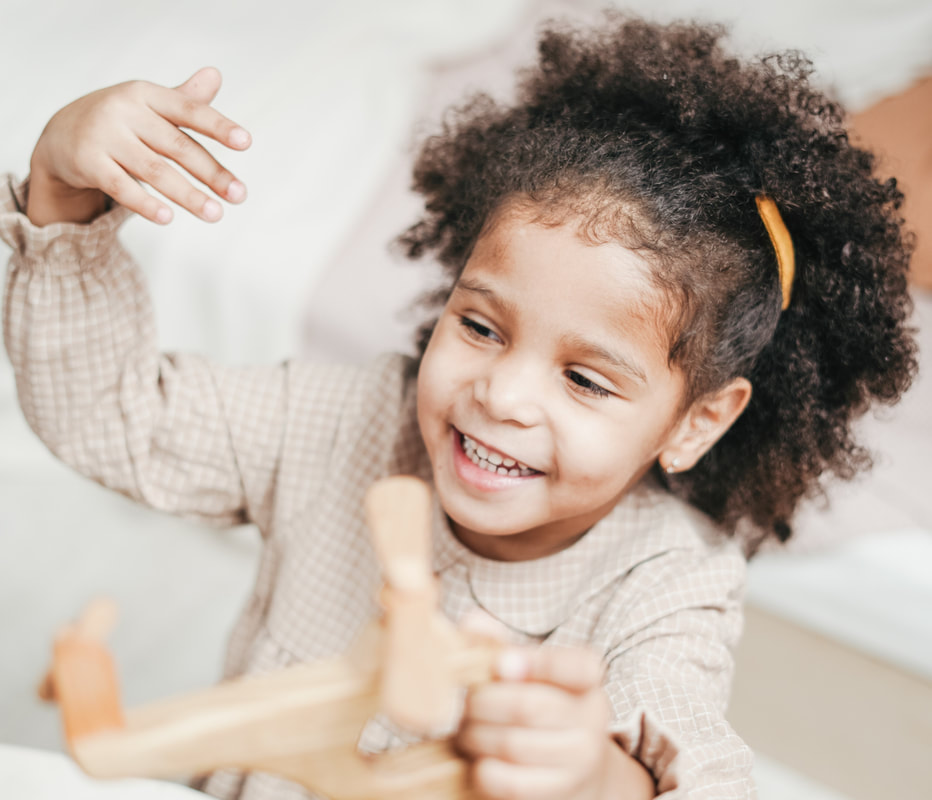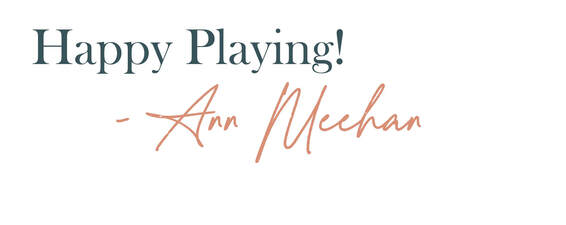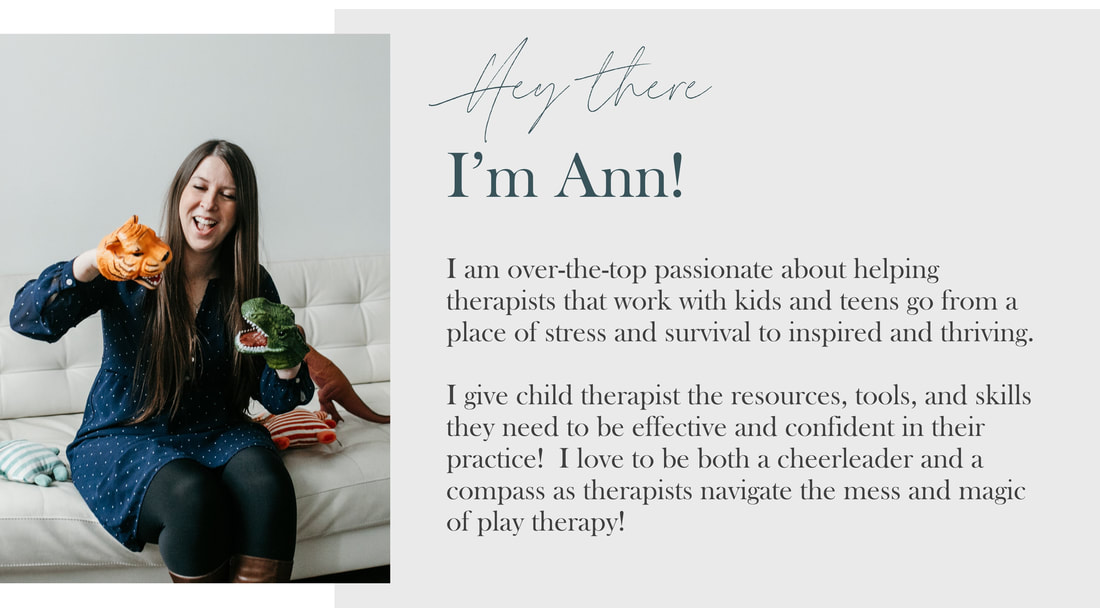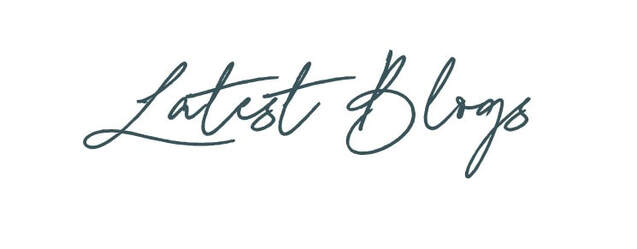|
If you tell me you are a play therapist, you are telling me very little about what you actually do in session with kids. Sure, there are only ten seminal and historically significant theories of play therapy (at this time!), BUT there are 20+ theories of play therapy in our field and I suspect this number will only grow!
Now, saying you are a play therapist tells me some important things. Namely that you likely work with kids and that you use toys and creative materials during your play sessions.
BUT each of these 20+ theories have a different conceptualization of why symptoms occur and the specific activities, techniques, and skills to move kids and teens forward towards healing are different. The main difference? Directive or nondirective. Most Play Therapy theories fall into one of these two categories, with some being a mix. Directive play therapy is when the therapist directs the play, organizes activities and techniques, makes suggestions, and answers questions. Sometimes this decision making happens together with the child, but in other theories there are structured activities where the therapist is in control. Non-directive play therapy is where the child takes the lead and can do almost anything during their time, with the engaging in facilitative statements and limit setting. And the most popular form of non-directive play therapy? Child Centered Play Therapy! Personally, my main theories and modalities as a play therapist are Child Centered Play Therapy, Cognitive-Behavioral Play Therapy, and the use of EMDR combined with play therapy. AND in my years as a play therapist I have observed that the kids that present for Child Centered Play Therapy (which in my practice are children with significant trauma, anxiety, anger, depression, and big behaviors and tantrums), have the least amount of resistance. Now, could this be as kids and teens get older more resistance may develop? Maybe. Could something else be at play? Absolutely! BUT I also think there are some things we can learn from Child Centered Play Therapy that are necessary even if you are engaging in a directive play therapy approach. So, it miiiight not be a surprise to you that way back in graduate school before I started my training in Play Therapy my two main theories were Cognitive Behavioral Therapy and Person-Centered Therapy. I became obsessed with Carl Rogers three basic conditions and much of my research and focus surrounded these. My ultimate question became “are these three basic conditions necessary and sufficient for client change, or do people need more?” AND this is the same question a lot of play therapists who engage in Child Centered Play Therapy grapple with - “Am I even doing anything here? Is CCPT enough? Do I need something more?” While it has been my experience that YES! CCPT is enough for many kids, if you also engage in directive play therapy I wanted to share some things that we can learn from Child Centered Play Therapy! Namely - the focus on the relationship! I mean, Dr. Garry Landreth’s book about Child Centered Play Therapy is called The Art of The Relationship after all. I believe that the focus on the relationship in CCPT is one of the main factors that decreases resistance. AND a positive relationship and working alliance is the most important factor for client change that therapists can control (beyond any technique or theory!). So, having said that, I believe it is important and necessary (no matter the theory) to embrace Carl Rogers three basic conditions as the foundation of building a relationship, even in directive play therapy work. If you need a quick brush up Rogers Three Core Conditions are: Congruence This has been determined by Rogers to be the most important factor. Congruence is all about being genuine, real, and authentic. Kids and teens have an excellent radar that detects when adults are pretending, not saying how they truly feel, or saying something that isn’t accurate to attempt to control. And according toLisa Dion, incongruence is actually a threat to our nervous systems. In simpler terms when you are incongruent or inauthentic it is difficult if not impossible for kids and teens to form a trusting relationship. Unconditional Positive Regard This means that the therapist has a deep and genuine care for the client - no matter what. No matter if the client wants to talk, or not! No matter if the client is able to sit through a book, create beautiful artwork, and articulately process feelings OR if they refuse to come in or are shut down. This means holding a client with unconditional positive regard no matter their feelings or actions! It is accepting the child just as they are. Empathy This is where you can accurately sense and identify the feelings and personal meaning a child and teen is experiencing and the ability to communicate this understanding to the child or teen in the here and now. Empathy isn’t sympathy or agreeing with their actions, but a deep understanding of what a child or teen may be feeling and what might have contributed to those feelings. So, no matter what your theory, one of the keys to unlocking and moving through resistance in child and teens play therapy sessions may lie in Child Centered Play Therapy and Carl Rogers core conditions! Do you need more support with resistance in the playroom? Check out my training Rolling With Resistance: Play Therapy Interventions For Your Most difficult To Engage Clients, with 25+ Play therapy activities to unlock resistance and increase engagement! *This post contains affiliate links, so I may earn a small commission when you make a purchase through the links on this site. The best news? It doesn’t cost you a penny! Thanks for supporting my business by shopping my favorite playroom gear and accessories! Loading...
0 Comments
Leave a Reply. |
Hi, there!I'm Ann Meehan, an LPCC, Loading... Archives
July 2024
Categories
All
|
Privacy Policies | Terms of Use | Disclaimer
Contact
[email protected] | Copyright Meehan Mental Health Services 2022
Contact
[email protected] | Copyright Meehan Mental Health Services 2022







